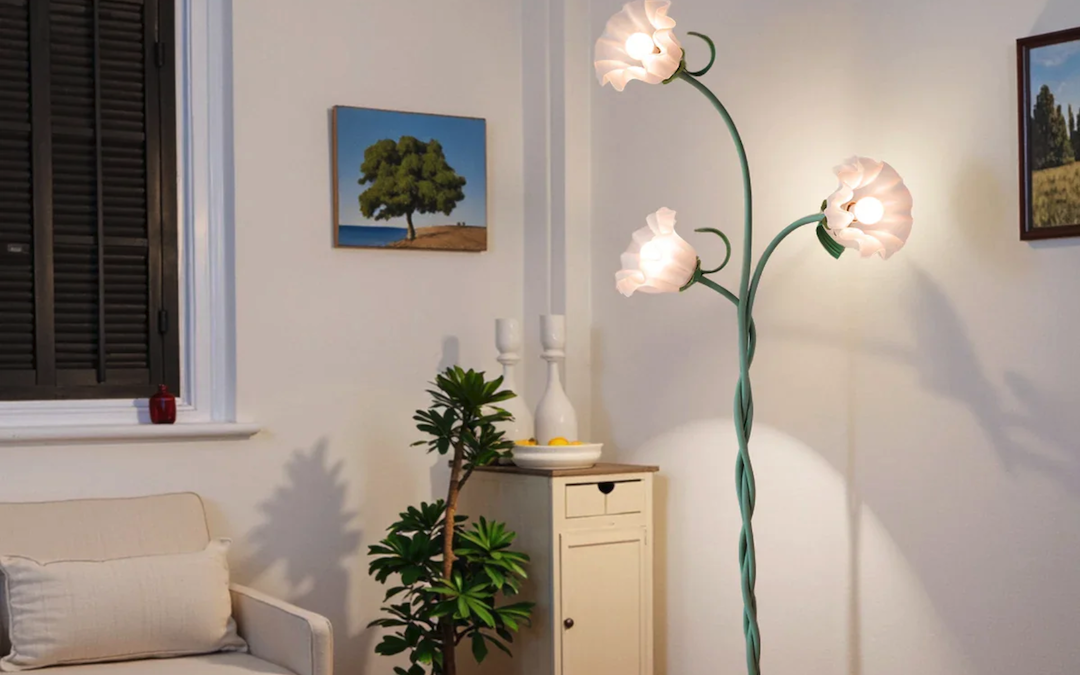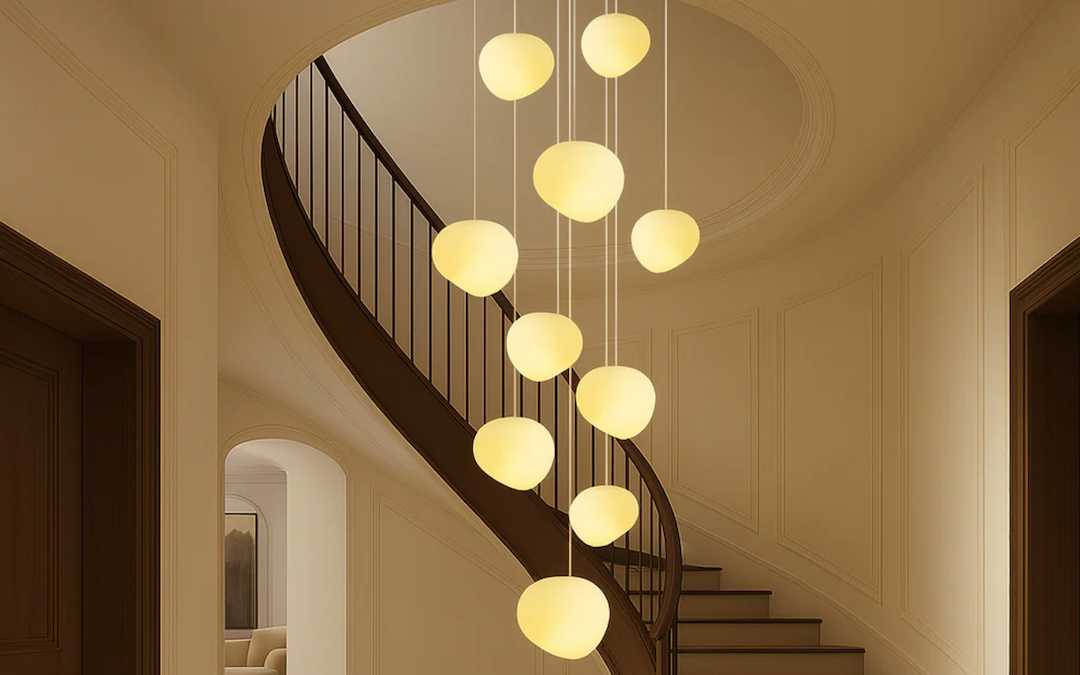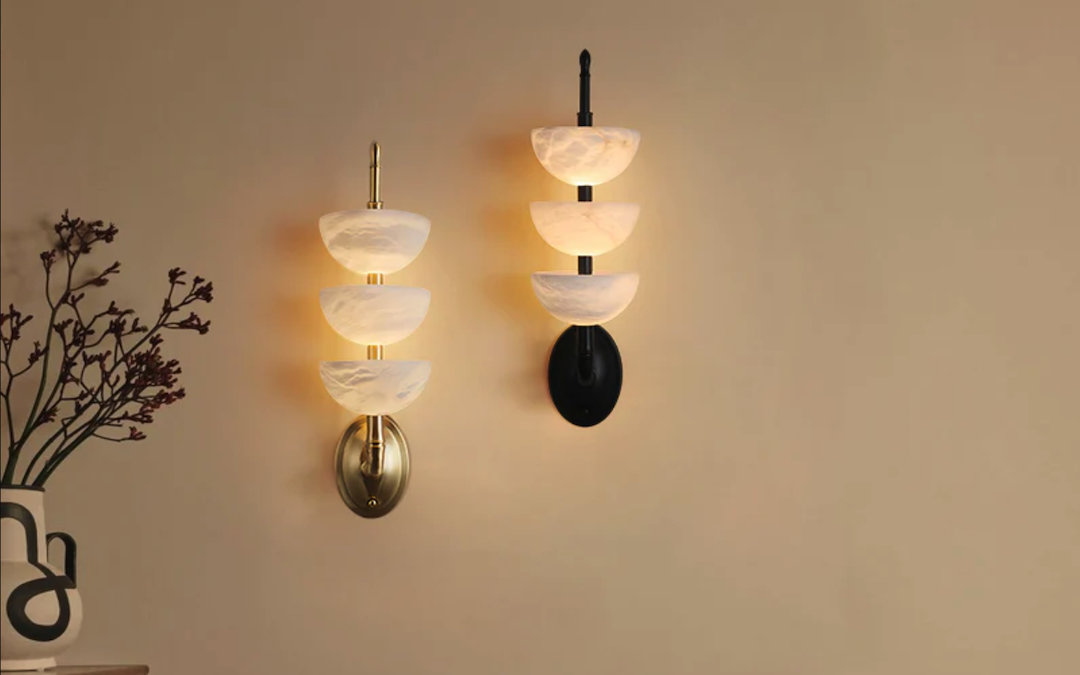
Wabi Sabi Wood: Finding Beauty in Imperfection
Introduction
Wabi Sabi is a Japanese worldview that celebrates the beauty of imperfection, transience, and the natural cycle of growth and decay. This aesthetic philosophy has influenced many areas of Japanese culture, including art, design, and architecture. In recent years, Wabi Sabi has gained popularity in the Western world, inspiring designers and artists to create works that embrace the beauty of imperfection. One of the most intriguing applications of Wabi Sabi is in the use of wood. Wabi Sabi wood is characterized by its natural imperfections, such as knots, cracks, and grain patterns, which are celebrated as unique features that add character and depth to the wood. In this article, we will explore the beauty and significance of Wabi Sabi wood.
The Origins of Wabi Sabi
The origins of Wabi Sabi can be traced back to Japanese Zen Buddhism, which emphasizes the appreciation of the present moment and the beauty of simplicity. Wabi Sabi emerged as a response to the opulent and ostentatious aesthetics of the ruling class in medieval Japan. It was a deliberate rejection of the ornate and formal style that characterized the aristocracy, and instead focused on the appreciation of the humble and the natural.
Wabi Sabi Wood
Wood has been a significant building material in Japan for centuries, and the use of Wabi Sabi wood is deeply ingrained in Japanese craftsmanship. The natural characteristics of the wood are embraced as part of its aesthetic appeal, rather than being disguised or discarded. The knots, cracks, and grain patterns that are typically seen as flaws in conventional woodworking are celebrated as unique features of each piece of Wabi Sabi wood.
Embracing Imperfections
The beauty of Wabi Sabi wood lies in its imperfections. Each piece of wood is unique, with a history and character of its own. The knots and cracks are like scars, telling the story of the tree’s life and growth. The grain patterns are like fingerprints, revealing the uniqueness of each piece of wood. In a world where mass-produced and perfectly uniform products are the norm, Wabi Sabi wood is a refreshing reminder of the beauty of individuality and imperfection.
Applications of Wabi Sabi Wood
Wabi Sabi wood is used in a wide variety of applications, from furniture and cabinetry to architectural features and decorative objects. One notable example is the use of Wabi Sabi wood in Japanese tea ceremonies, where the rough and natural quality of the wood is seen as a perfect complement to the ritual of tea-making. In contemporary design, Wabi Sabi wood is often used to create minimalist and understated pieces that embrace the beauty of imperfection.



